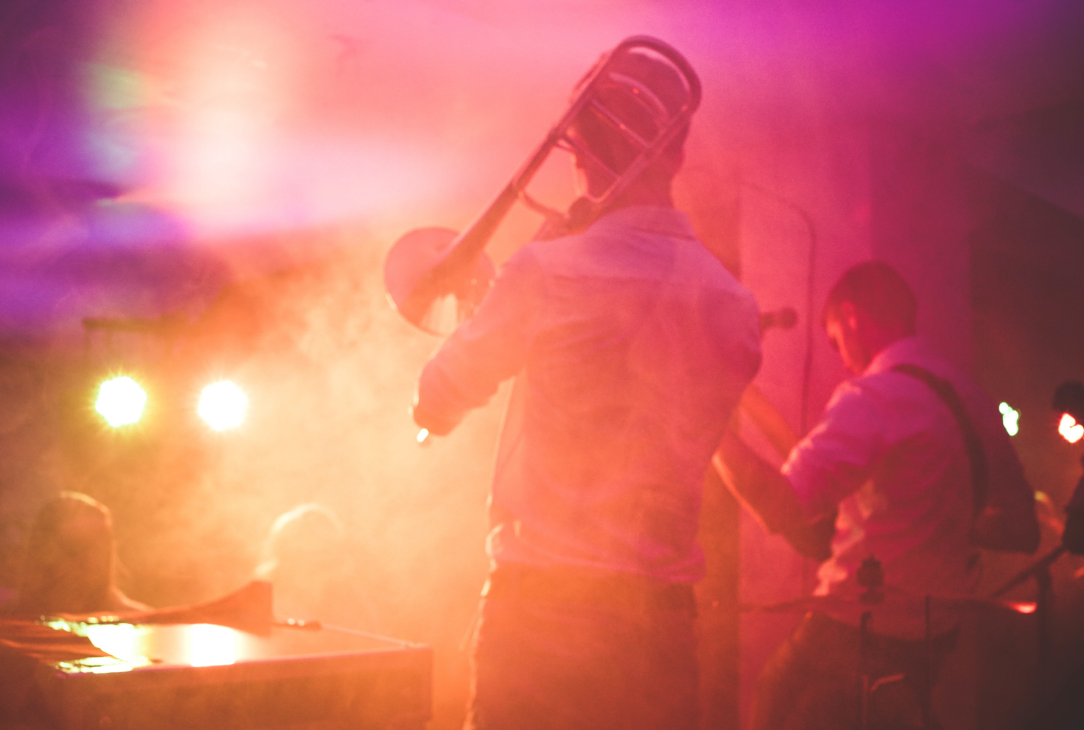2025 ACM Awards
We’re beyond thrilled to celebrate our incredible MAX artist partners who’ve secured nominations for the 2025 Academy of Country Music Awards—our...
3 min read
Rosemary Waldrip
:
February 28, 2018

Rosemary Waldrip, VP Marketing at Music Audience Exchange explains, how today’s stars can come from anywhere. YouTube disrupted movies and TV, Amazon disrupted publishing, social media put stardom within everyone’s reach. Musicians have been riding this disruptive wave since Myspace. Today, musicians can thrive as independent artists with little or no barrier between musician and fan.
It’s hard to describe the rapper Logic without first discarding the mainstream definition of what it means to be cool. His lyrics cover topics ranging from anxiety to the afterlife. In an album about his love for science fiction, which he based on the novel The Martian, Logic collaborated with astrophysicist Neil deGrasse Tyson. And then there’s the video of Logic freestyling while solving a Rubik’s Cube. On the surface, Logic’s story looks like an artist trading street cred for geek cred, but his success is best characterized by a DIY-style that built a huge following without a radio hit. Which begs the question: what happened to the old idea of cool?
The concept of coolness, particularly as it relates to musicians, has become democratized, thanks to several disruptions. Distribution, which was once locked behind a multitude of gatekeepers, has given way to a model where artists can connect directly with fans. Production, once an expensive enterprise that severely limited the voices who had access to make music, has been democratized to the point where anyone can be an artist, thanks to disruptions in software and consumer electronics. Case in point: Logic’s first album was a mixtape that earned him a cult following. But the same technology that allows Logic to create and distribute music is easily accessible to the millions of other artists competing for audience attention - so how does anyone build a following?
Artists and brands face related promotional challenges
Like artists, marketers think in terms of reaching audiences, and in that way, both groups have weathered similar promotional disruptions. Just as artists can no longer rely on the legacy tastemaker apparatus to manufacture coolness, marketers can no longer count on legacy media to associate their branded messages with popular content. Thriving in this new environment requires a significant commitment to building long-term relationships, but here artists and brands must take different paths.
Because artists can no longer count on fans to buy music, their focus has shifted to building meaningful connections with fans on social media and at live events. But that’s nothing new. Music has been an essential building block of community throughout human history. What’s new is that music fandom is no longer constrained by temporal or geographic limitations. The challenge for artists is finding those broader audiences in the first place, and then seeding and growing their following therein - that’s where all that rich data comes into play.
Using data to build audiences is a core competency for marketers, as they now have access to robust sets of data and they are able to apply that data through technology. But where artists thrive because people actively seek out music, marketers sometimes struggle. With more people increasingly tuning out traditional ads, marketers are now dealing with an ironic byproduct of having mastered programmatic media. According to eMarketer, 75 million people use ad blockers in the U.S., and the trend is most common among millennials, which means marketers must find a new way to reach audiences.
Brands and artists are natural collaborators
In its most recent annual report on music, Nielsen found that more than half of all music fans take a favorable view to artists partnering with brands when that relationship fosters discoverability. What’s emerging is a patronage model, where brands can amplify discoverability by providing promotional resources as well as audience-building expertise. In exchange, artists provide brands a welcomed seat at the table as fellow supporters of the music and the artists the fans love.
But today’s patronage model differs from our historic understanding of patronage. The monarchs who funded artists like Beethoven and Mozart could make whatever demands they wanted. Centuries later, record labels have played a similar role and often took an equally dictatorial stance with their artists. Today, however, the value of an artist isn’t just the music they create - it’s the relationships they build. As a result, modern patronage must be a two-way street where artists lead the way because they hold the keys to authenticity.
Authenticity is the new cool
By engaging with fans on social media, today’s artists have come to know their audiences as intimately as we know our friends. Likes and Shares on social media have value, but for artists, the real goal is an authentic connection. Charlie Puth, for example, didn’t just give the world the hit song Attention, he shared his moment of inspiration with his fans. Logic didn’t just sell merchandize for his album, Everybody, he made the experience personal and accessible by making autographed posters available for less than 10 dollars and offering affordable autographed t-shirts. These connections are cool because they are authentic.
Thanks to the same social media disruption, marketers understand the imperative of building authentic relationships. But where some brands have flourished, much more have stumbled because of a transactional mindset that’s reinforced by an emphasis on the wrong metrics. When marketers think in terms of buying media simply for reach, they inevitably fall into the trap of maximizing advertising impressions, which only causes fans to recoil, artists to suffer, and the campaign to fall short of its KPIs. The issue falls in the media waste bucket, as not all impressions are created equal--some are bots or a mistargeted audience that’s not right for the brand. But when those same marketers invest in authentic artist-fan relationships, they’re tapping into something of real value. For marketers, the question isn’t how to buy the attention artists create, its how to support artists who are capable of earning our attention.

We’re beyond thrilled to celebrate our incredible MAX artist partners who’ve secured nominations for the 2025 Academy of Country Music Awards—our...

We’re fired up to celebrate our incredible artist partners who are nominated for the 2025 Blues Music Awards! 🎶🏆Blues music may be timeless, but...

It’s a common question: what drives the cost of an artist partnership up (or down)? I mean, an artist’s fee can range from four to seven figures…and...

The conventional wisdom is that we’re a divided society. We are red or blue states; boomers, Xers, or millennials; early adopters or luddites. The...

Having closely followed the monumental shifts in the music, media and marketing industries over the last few years, there's no doubt that 2018 will...

Without question, the biggest news in music last week was the announcement of Apple Music, the latest in a string of streaming platforms vying for...